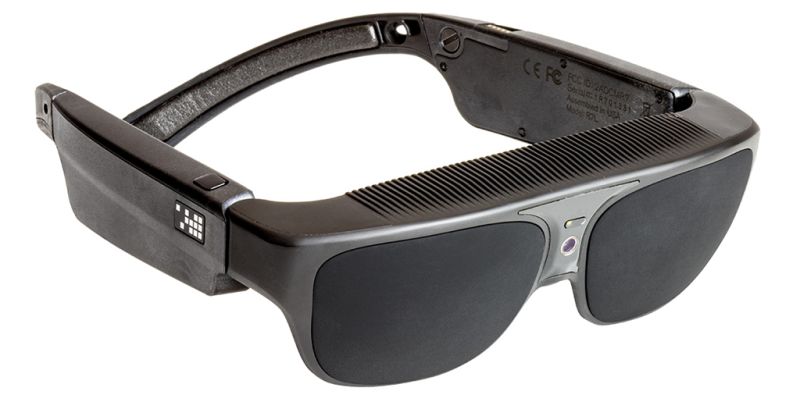The World Just Got a Bit Brighter for the Visually Impaired

The World Just Got a Bit Brighter for the Visually Impaired
According to the International Agency for the Prevention of Blindness (IAPB), approximately 848 million people in the world are visually impaired, with cases ranging from moderate to severe. Among people with low- or no vision, at least 771 million (90%) have cases that are either preventable or treatable with ongoing management, treatment, rehabilitation, and/or low vision services.
Treatments may include various types of visual impairment technology to assist people with impaired vision in their everyday lives and enhance their experience.
Technologies for Assisting the Visually Impaired
Those who are visually impaired now have access to technology that can help people in different ways navigate through a world where most people rely heavily on sight. We can broadly categorize visual impairment technology as either high- or low-tech.
Low-tech devices rarely require a power source, such as large fonts, magnifying glasses, Braille, telescopes, and raised lines, while high-tech devices do, such as smartphones, electronic glasses, smartphone applications, and text-to-speech technology.
Seeing AI
Seeing AI by Microsoft creates a detailed sound map of the surrounding outdoor area so that a visually impaired person can have the rich experience of walking down the street, in similar detail to a sighted person. It uses sound beacons, location data, and synthesized 3-D stereo sound to create a 3-D experience that updates constantly.
Braille Touchscreens
Braille is a tactile reading system designed for visually impaired people who like to read. Now that same technology is available for your screen in a Braille e-reader that you can hold in the palm of your hand. A piece of visually impaired technology that you can use at home or during your travels.
AI Accessibility
In 2018, an AI accessibility app launched and is now being used by start-up companies, researchers, non-profits and developers to enhance human tech capability among those with vision impairments and other disabilities.
Electronic Glasses
Electronic glasses are medical devices geared at enhancing visual abilities in visually impaired people. It’s a lightweight and flexible headset that enhances vision with its lenses. It comes with a remote control that may control a variety of settings, such as brightness, contrast focus, and Zoom, and it can adapt to each individual’s vision needs.
How does this technology affect their lives?
When a visually impaired person has this technology, it can affect them in many areas of their life, such as while in school or playing sports. It can also make the world a safer place to live by enhancing their awareness of their surroundings and allowing them to have a greater visual capacity.
The technology is advancing and people with impaired vision will soon have more tools at their disposal to help them perceive and experience the world with fewer barriers.